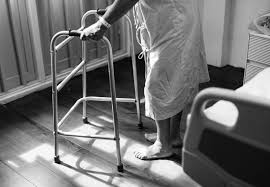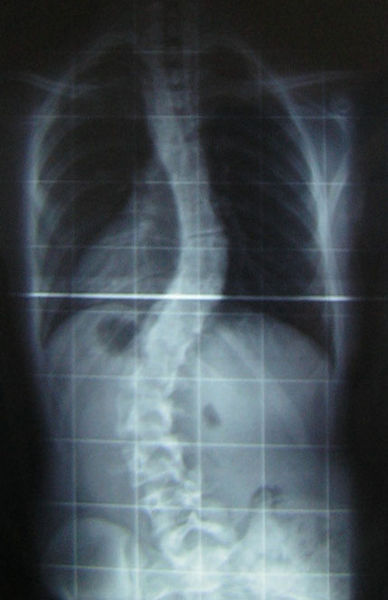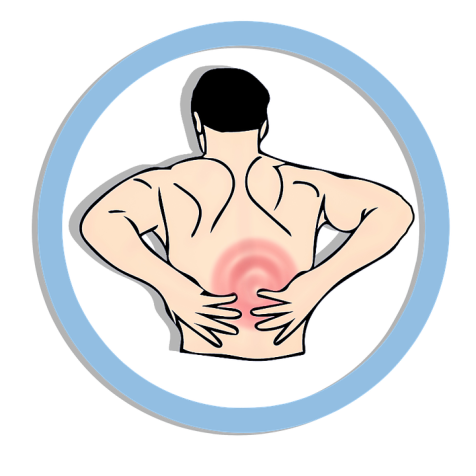Your hip is the ball-and-socket joint where the pelvis and the femur meet. Damage to this joint can be debilitating, and severe damage can need treatment from a total hip replacement doctor Baltimore.
Total hip replacement doctor Baltimore evaluates joint damage
Common conditions that can lead to hip pain and limited range of motion in your hip include osteoarthritis and hip fractures. Osteoarthrosis is a chronic, degenerative condition that breaks down joint cartilage. A hip fracture is a break in the top part of the femur. Your hip replacement doctor Baltimore will determine the cause of your hip pain based on your symptoms, your medical history, a physical exam, and diagnostic tests. Diagnostic tests used by your hip replacement doctor Baltimore can include:
- Imaging tests: Tests such as x-rays or MRIs can show fractures and other damage to the joint.
- Arthroscopy: During this procedure, your hip replacement doctor Baltimore MD inserts a tiny camera into the joint. The images sent from the camera help him or her evaluate the severity of the damage to your joint.

Based on your symptoms, exams, and diagnostic tests, your hip replacement doctor Baltimore may recommend total hip replacement surgery Baltimore or other treatments if the damage is not severe. Some types of hip fractures can be treated with metal devices to strengthen and stabilize the joint. Osteoarthritis gets worse overtime, so if the disease is in early stages your hip replacement doctor Baltimore MD may recommend treatments such as assistive devices, medication, and physical therapy.
Total hip replacement surgery Baltimore MD
For a severely damaged hip joint, your hip replacement doctor Baltimore MD may recommend total hip replacement surgery Baltimore. During hip replacement surgery Baltimore MD, your doctor removes the damaged parts of the joint and replaces them with artificial parts. Some hip replacement surgery Baltimore MD patients are candidates for a minimally invasive procedure that uses only small incisions and some will need a more traditional procedure that uses one, longer incision. Recovery from hip replacement surgery Baltimore MD can take several months. Visit www.medstarunionortho.org to learn more about total hip replacement surgery Baltimore MD.


